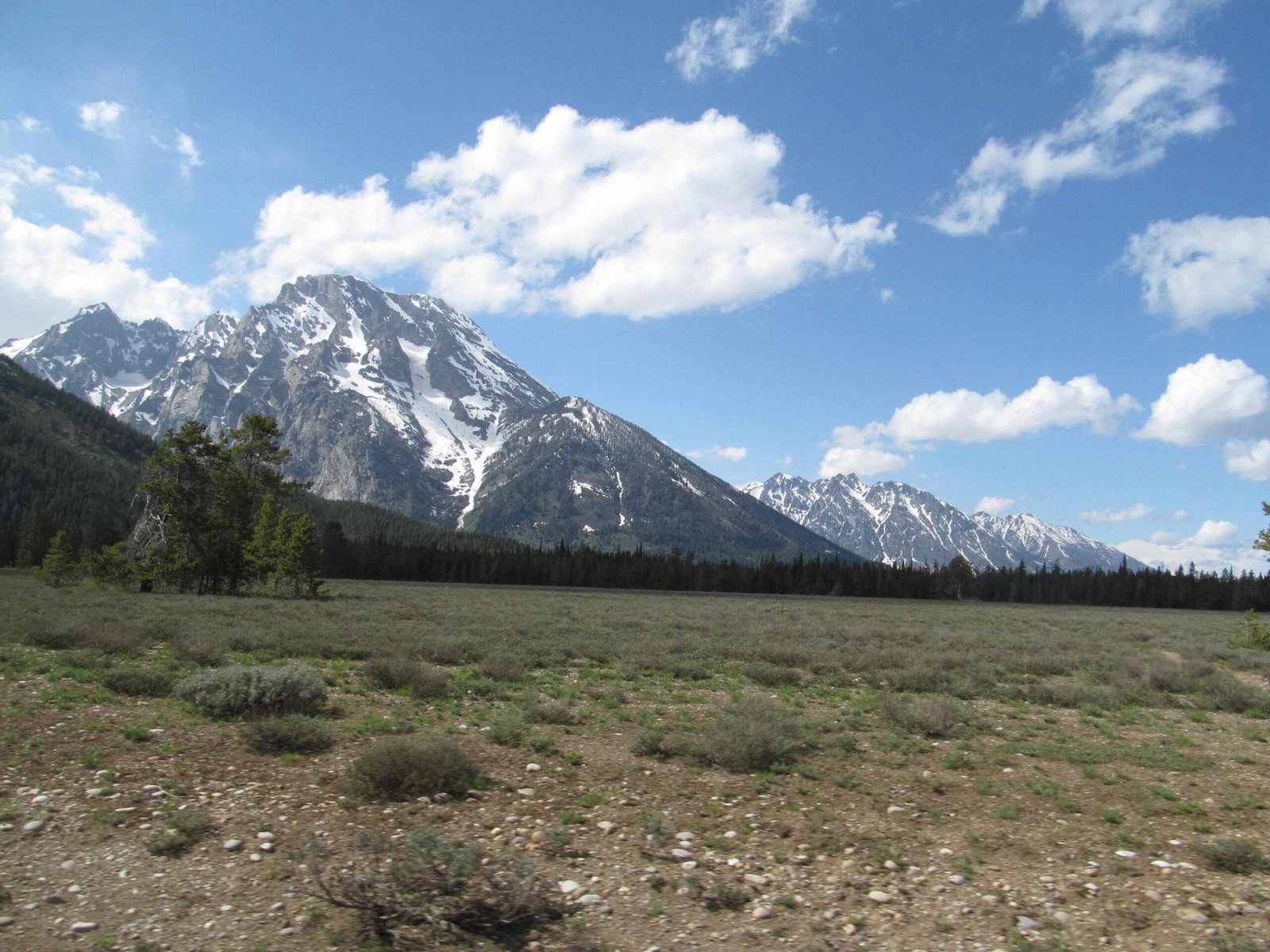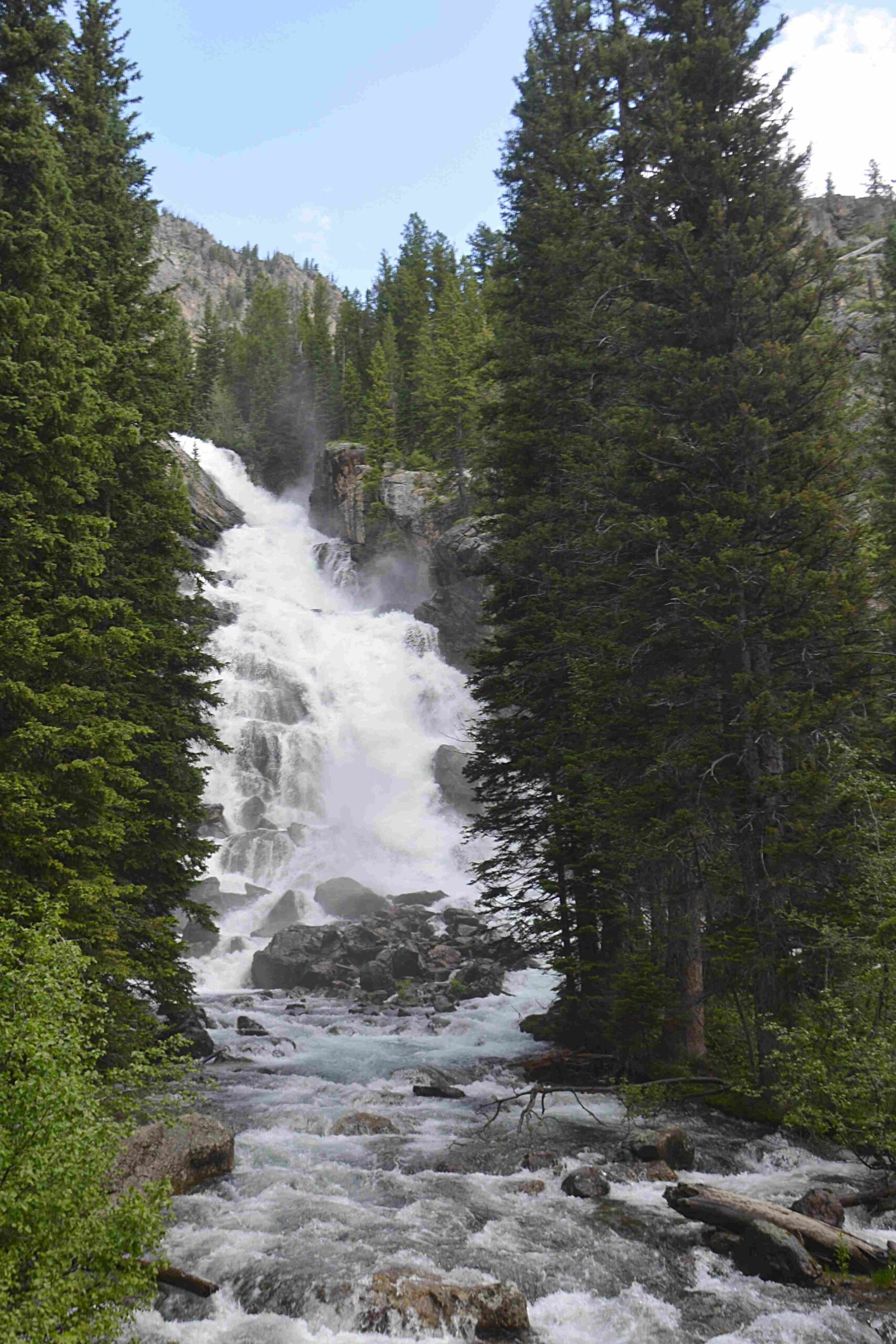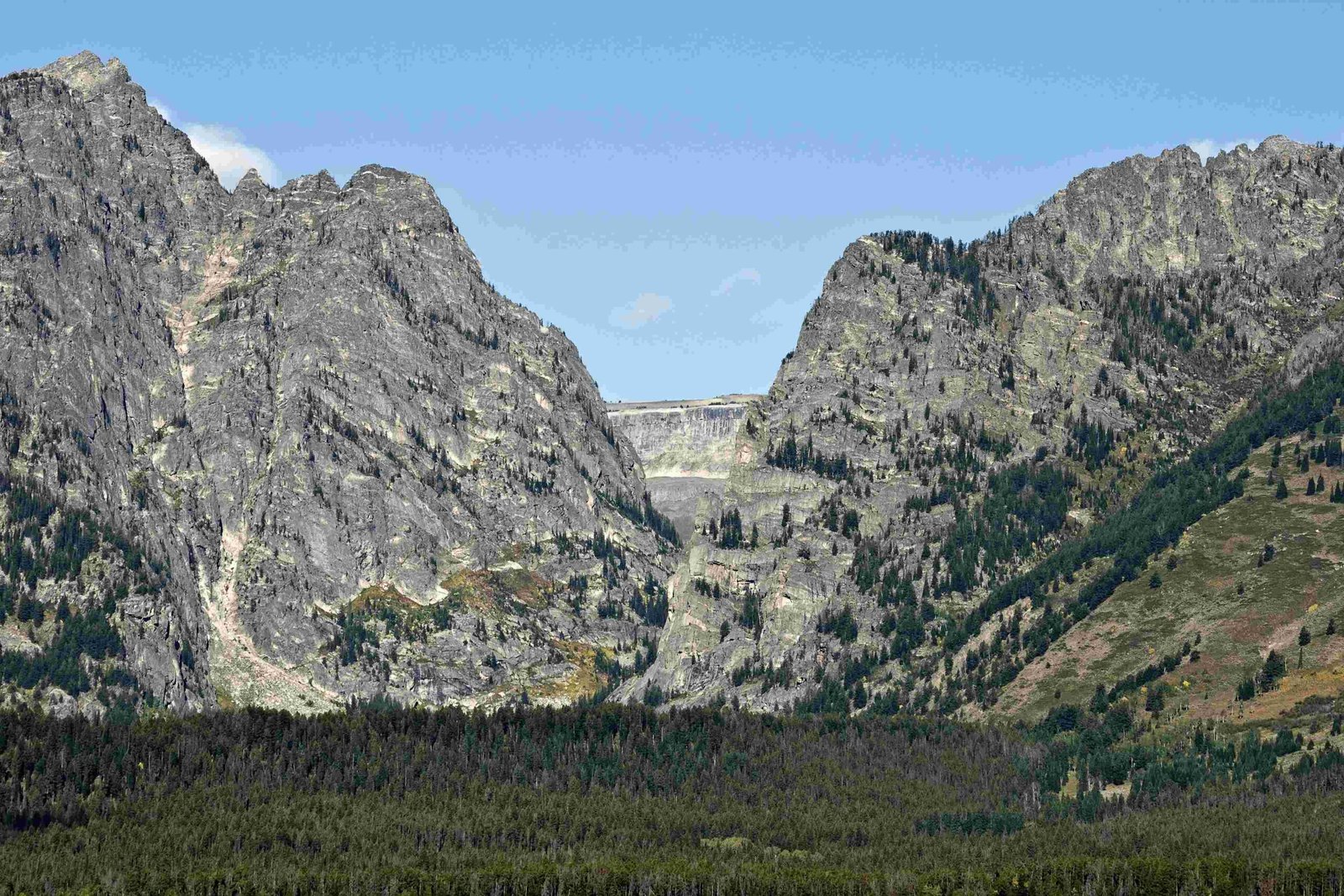The congressional enlargement of Grand Teton National Park represents a complex and transformative process of land preservation, involving strategic legislative actions, philanthropic efforts, and conservation initiatives. From its initial establishment in 1929 to significant expansions in 1950 and subsequent land acquisitions, the park’s growth reflects a remarkable story of environmental protection, political negotiation, and commitment to preserving America’s natural heritage.
What Triggered the Initial Park Establishment?

The origins of Grand Teton National Park trace back to early conservation efforts in the 1920s. President Calvin Coolidge signed the initial park establishment act on February 26, 1929, creating a protected area of approximately 96,000 acres within the Teton Range.
Key Legislative Milestones
| Year | Legislative Action | Significance |
|---|---|---|
| 1929 | Initial Park Establishment | Created 96,000-acre protected area |
| 1943 | Jackson Hole National Monument | Expanded potential park boundaries |
| 1950 | Park Consolidation Act | Merged monument with national park |
| 2007 | Park Extension Act | Authorized additional land acquisitions |
How Did John D. Rockefeller Jr. Influence Park Expansion?

Rockefeller played a pivotal role in the park’s enlargement through strategic land acquisitions:
- Purchased approximately 35,000 acres of land in Jackson Hole
- Donated these lands to the federal government
- Overcame significant local and political resistance
- Facilitated the 1950 consolidation of park boundaries
What Were the Major Congressional Challenges?
The congressional enlargement faced multiple obstacles:
- Local rancher and community opposition
- Concerns about land use restrictions
- Debates over federal land management
- Competing economic and conservation interests
What Environmental Benefits Resulted from Enlargement?
The expanded park boundaries provided critical advantages:
- Preserved 640 additional acres of wildlife habitat
- Protected migration corridors for elk, moose, and pronghorn
- Prevented potential private development
- Enhanced ecosystem connectivity
- Maintained scenic landscape integrity
What Modern Conservation Strategies Emerged?
Contemporary approaches to park expansion include:
- Collaborative land exchanges
- Philanthropic funding mechanisms
- Federal-state cooperative agreements
- Strategic boundary modifications
What Future Considerations Exist for Park Boundaries?
Ongoing conservation efforts suggest potential future expansions might:
- Address climate change impacts
- Protect additional wildlife corridors
- Incorporate adjacent federal and state lands
- Enhance visitor experience and scientific research opportunities
Conclusion
The congressional enlargement of Grand Teton National Park demonstrates a remarkable commitment to preserving natural landscapes through strategic legislative action, collaborative conservation, and long-term environmental vision.

